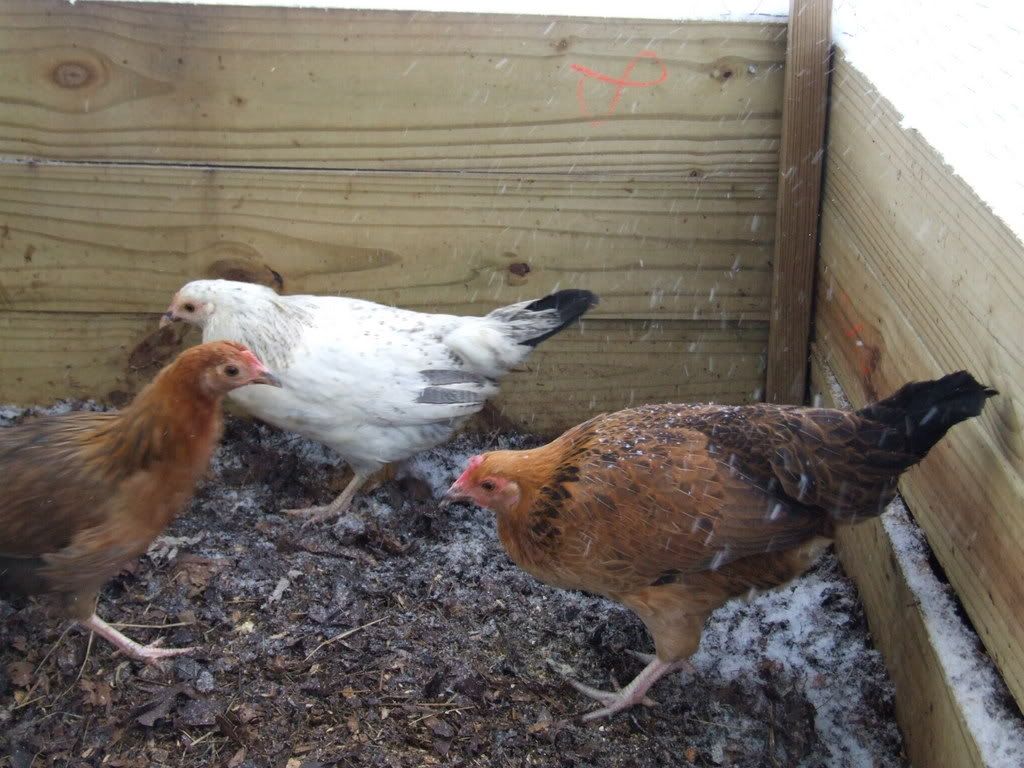why mulch?
4 weeks ago









"Coppice-ability is also the basis of our "Coppice Orchard". This consists of OR trees planted in rows running north-south. When the canopy of the orchard closes, a north - south row will be coppiced and the land in the row used for light demanding crops, e.g. vegetables on a no-dig system, while the trees regrow. The trees either side of the glade will have higher light levels on their sides and produce more fruit buds. The next year another north - south row is cut but not the immediate neighbours as these will have the extra buds, so the next row for coppicing will be next-door-but-one. In other words this will be Alternate Row Coppicing. This process is repeated every year, creating a series of parallel , sheltered glades. Eventually the rows of trees forming the avenues between the glades will also be coppiced in turn, but by then the ‘glade’ trees will have regrown to form the avenues. As the trees regrow there will be glades at all stages of regrowth until the cycle repeats itself, and niches for plants suited to full light, semi-shade or heavy shade, creating opportunities for different types of land use."
Most functional and satisfying neck crook we've used. Lightweight, strong and quick in the hand. Top is molded from very tough plastic--so it will never lose its original shape and almost never breaks. Shaft is coated fiberglass. We love everything about it. When given a choice, we always grab this one.



| Purchase | $3.65 |
| Shipping | $1.00 |
| Feed | $7.00* |
| Total | $11.65 |


"And it came to pass that the two great nations of fowl, the Anitadites and the Galluseans, met in battle on the plain. And there was much squawking and gnashing of beaks, for each knew that they would never reign supreme again."


A stack of hay always had some foundation; it could be built upon a level flooring of stones, covered with a deep layer of still-green bracken, which does not seem to have 'risen damp' to the hay... The reasons for this bracken foundation were that through it the air could pass easily (it does not pack close like hay), and that it raised the valuable hay several feet off the damp ground and was rat-proof -- rats will not gnaw through bracken, for it, like horse tail, makes their mouths sore.









At the back of this newsletter (here) there is an interest form that lists everything we plan to produce this year. Please mark anything that you are interested in and return the form to us so that we can contact you with more information. The form is just to help us gauge interest; you won't be making any commitment to buy at this time.
The newsletter also contains an article by Jo Robinson, titled "You Are What Your Animals Eat." This article may be read online at www.eatwild.com .